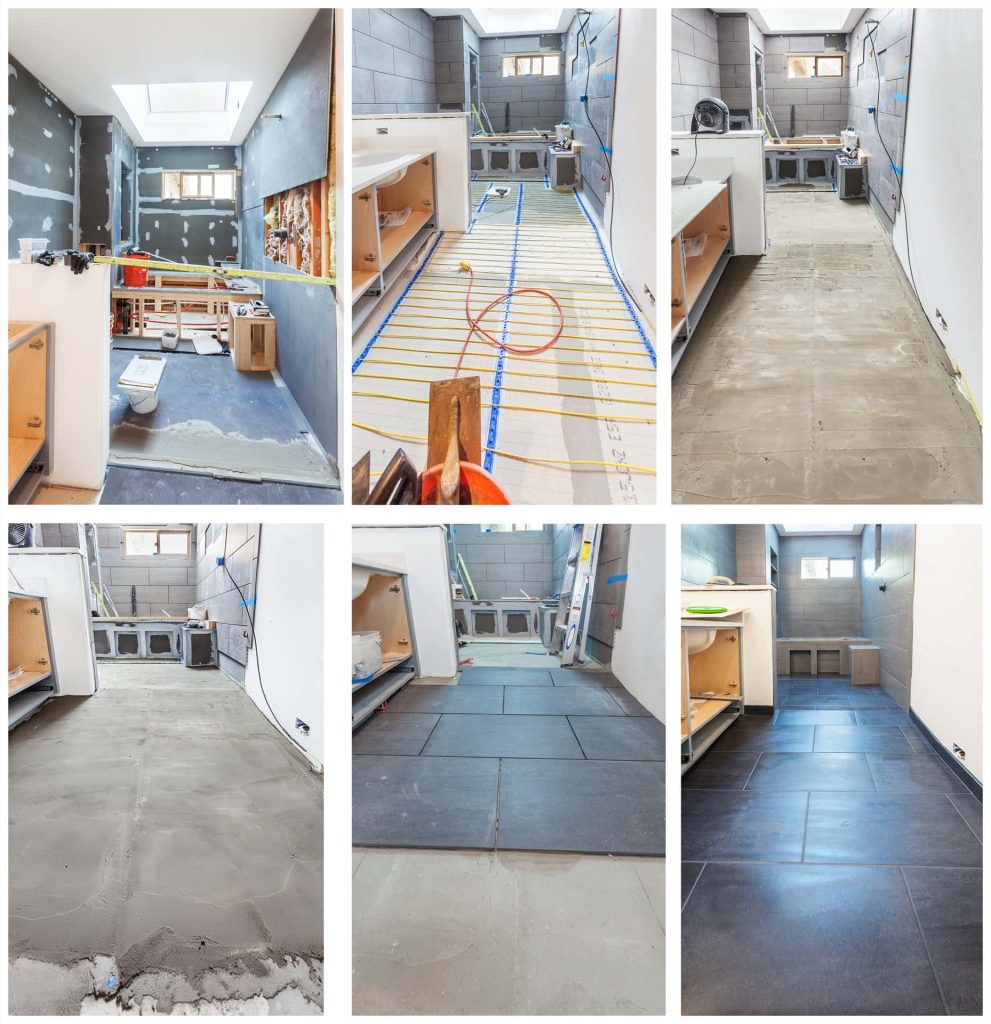Whether you’re building your dream home and looking at heating options or looking to upgrade your townhome’s older system, radiant floor heating can be an excellent, energy-efficient solution. Like any major home construction step, it’s essential to understand what radiant floor heating is (and what it isn’t) before deciding if it’s right for you and your home.
How Does Radiant Floor Heating Work?
In short, this system works by running heated PEX tubing (a high-end type of tubing) beneath your floor so that as the warm air rises, you can enjoy uniform heat throughout your home. There’s no blowing air and no ducts to leak from. You cannot cool your home using this system, but it does offer streamlined, even heating.
What Is the Essential Type of Radiant Floor Heating?
The primary type of radiant floor heating is a hot water radiant system (also called “hydronic heating”). This application uses heated water that circulates through a special kind of tubing. This system can be installed in a variety of ways, including tubing in concrete, tubing in overpour, tubing in plates from above or underneath, or by hanging or staple-up tubing. The system is attached to a hot water heater, thermostat, and pump that circulates the water. It is part of a system that can be separate from the water heater you use for everyday tasks like washing and cooking. As you’d expect, the cost of installation depends widely based on the layout and size of the home or remodel. Most homeowners see significant long-term savings in their energy bills.
Although radiant floor heating has a higher upfront cost, it can save significant amounts of money over time and be a great, energy-efficient option in many houses. If you have questions about installation, cost, or anything else, call the experts at The Earth Heating today at (503) 788-7777 to learn more about how we’ve helped Portland homeowners incorporate radiant heat and add value to their homes.




